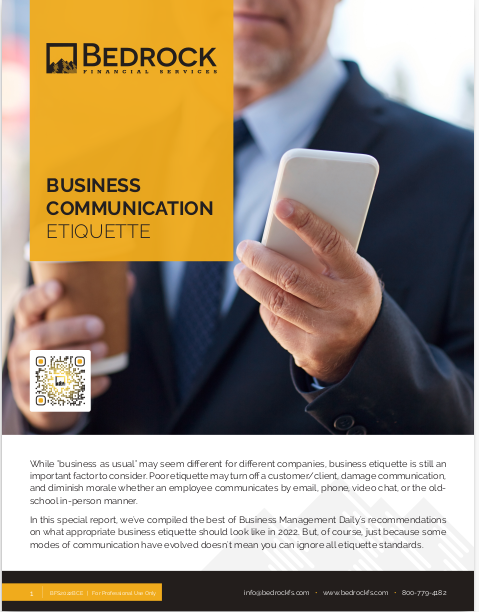Key Takeaways
-
Most email campaigns underperform not because email is ineffective, but because of poor strategy, inconsistent messaging, and weak automation practices.
-
With proper targeting, personalization, and follow-up sequencing, email remains one of the most cost-effective and scalable channels for financial advisors to nurture leads and retain clients.
Email Isn’t Dead, But Your Approach Might Be
Despite the rise of social media and messaging apps, email continues to hold its ground in 2025 as a high-performing marketing tool—especially for professionals like you. But if your email campaigns are not yielding results, it’s not because email doesn’t work. It’s more likely that you’re making one or more strategic missteps that dilute your message or turn off your audience.
Let’s look at the common mistakes that can sabotage your email strategy—and what you can do instead.
1. Sending Generic Blasts to Your Entire List
One-size-fits-all emails simply don’t work anymore. In a crowded inbox, people respond to messages that feel personally relevant.
What you might be doing wrong:
-
Using a single email list for all prospects and clients
-
Not segmenting based on demographics, behaviors, or lifecycle stages
-
Sending the same content to retirees, young professionals, and business owners
What to do instead:
-
Segment your audience by age, portfolio size, service interest, or engagement behavior
-
Tailor each email to the audience’s specific concerns, like tax-efficient retirement planning or saving for college
-
Personalize with dynamic content that reflects the reader’s name, location, or past interaction
2. Focusing on You, Not the Reader
Many advisors fall into the trap of overexplaining their credentials or services without tying it back to the reader’s needs.
Where it falls short:
-
Starting emails with “We offer…” instead of “You can benefit from…”
-
Listing services with no clear value proposition
-
Failing to show how your solutions solve actual client problems
Fix it:
-
Lead with the outcome or benefit: What does the client gain?
-
Use second-person language throughout: “you,” “your finances,” “your goals”
-
Position your service as the guide, not the hero—make the client the protagonist
3. Ignoring the Power of Subject Lines
In 2025, mobile devices still dominate email opens. That makes subject lines more important than ever.
What goes wrong:
-
Using vague or boring subject lines like “Newsletter #47”
-
Overpromising with clickbait that disappoints
-
Skipping preheader text or leaving it auto-filled with HTML code
Improve performance by:
-
Writing clear, curiosity-driven subject lines (limit to 40–50 characters)
-
Including preheaders that complement the subject line and entice a click
-
A/B testing subject lines regularly to learn what resonates with your audience
4. Sending Without a Clear Call to Action
Every email should have a purpose. But too many financial advisor emails end without giving readers something to do next.
Common mistakes:
-
Ending emails passively with no CTA
-
Including multiple conflicting CTAs in the same message
-
Burying the CTA in long paragraphs
What you should do:
-
Include one clear CTA per email (e.g., “Book your free consultation,” “Download our 2025 tax strategy guide”)
-
Make buttons or links visible, above the fold, and repeated at the end
-
Use action-oriented language like “Start,” “Explore,” “Secure”
5. Overloading the Message With Content
Your readers don’t have time to sift through a novel.
Where you might be overdoing it:
-
Long paragraphs with no white space
-
Trying to cover too many topics in one email
-
Sending quarterly updates that are five scrolls long
How to keep it clean and impactful:
-
Stick to one core message per email
-
Use short paragraphs, bullet points, and subheadings
-
Link out to longer content (like a blog post or PDF) rather than cramming it into the email
6. Not Automating Sequences Based on Behavior
Manual emails or random check-ins don’t scale. In 2025, automation is a must-have.
Common gaps:
-
Only sending one-off emails
-
Not triggering follow-ups after link clicks or form submissions
-
Using the same content regardless of whether a reader engaged or not
What works better:
-
Set up automated workflows triggered by behavior: opened, clicked, booked
-
Send tailored sequences over time, such as a 5-email onboarding journey
-
Use conditional logic to remove people from sequences once they convert
7. Treating Email as a One-Way Channel
Email is a conversation starter—not just a broadcast.
Mistakes to avoid:
-
Using “do-not-reply” addresses
-
Never inviting questions or feedback
-
Ignoring replies when they come in
Best practices:
-
Send from a real person’s name and email address
-
Ask open-ended questions: “What’s your biggest concern about the market this year?”
-
Monitor replies and follow up within 24–48 hours
8. Ignoring Mobile Optimization
Roughly 70% of emails are now opened on phones. If yours isn’t optimized for mobile, it’s probably getting trashed.
Where problems arise:
-
Font too small to read
-
Buttons too close together or not tappable
-
Columns and images misaligned on small screens
Mobile-friendly musts:
-
Use a responsive email design template
-
Keep subject lines and CTAs short and scannable
-
Test every email on multiple devices before sending
9. Not Reviewing Metrics—or the Wrong Ones
You can’t improve what you don’t measure.
Common missteps:
-
Focusing only on open rates, especially after privacy changes
-
Ignoring bounce rates, unsubscribe spikes, or reply volumes
-
Failing to track conversions like bookings or downloads
How to use metrics meaningfully:
-
Monitor click-through rates (CTR), conversion rates, and list growth
-
Segment metrics by audience type and behavior stage
-
Use insights to refine copy, layout, and sequence timing
10. Giving Up Too Soon
Effective email campaigns take time. Many advisors give up after one or two emails that don’t perform.
Why that hurts:
-
Most people don’t act on the first message
-
It takes repetition to build trust and credibility
-
You miss out on long-term nurture opportunities
Sustain momentum by:
-
Planning 6- to 12-week campaigns with weekly or biweekly sends
-
Re-engaging inactive contacts with tailored win-back campaigns
-
Consistently delivering valuable, relevant content that educates
Email Still Works—But Only If You Work It Well
Email isn’t outdated. What’s outdated is the way many advisors are still using it. In 2025, your clients and prospects expect relevance, personalization, and timeliness. If you treat email as a chore or afterthought, you’re leaving opportunity on the table.
At Bedrock Financial Services, we help professionals like you implement email workflows that actually convert. We offer the tools and support to streamline your campaigns, segment your audiences, and follow up automatically—so you can focus on building relationships, not formatting templates.
If you’re ready to make email one of your highest-performing channels again, sign up with us and see what we can help you achieve.







